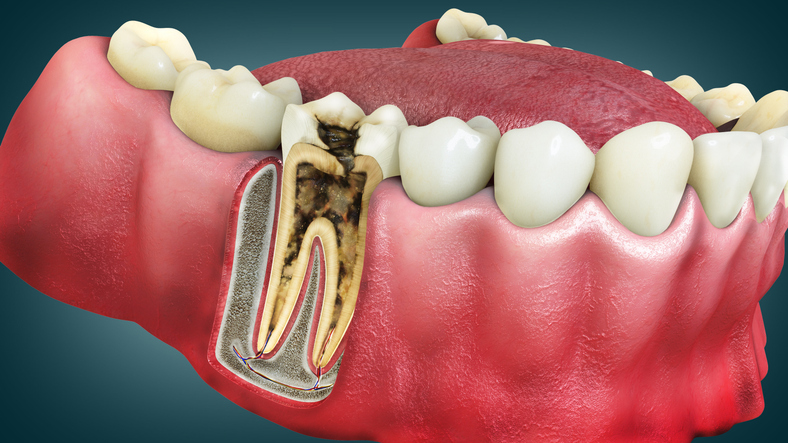
Predicting outcomes in nonsurgical root canals in mandibular second molars

Investigators examined the factors that may affect the outcomes of mandibular second molars following nonsurgical root canal treatment, according to a study published in the Journal of Clinical Medicine.
Using 150 cone-beam computed tomography images of 100 cases of persistent endodontic infections and 50 previously treated root canals with normal apices, the investigators analyzed the mandibular second molars for the root canal configuration, radiographic quality of coronal restorations and treated canal systems and presence of periapical lesions.
They discovered that factors such as missing canals, underfilling or overfilling and inadequate coronal restoration were all linked to endodontic treatment outcomes. Further, missing canals had the highest impact on periapical lesions. The results revealed no statistically significant correlations between C-shaped root canal configurations and periapical lesions.
The investigators concluded that adequate disinfection, precise 3D canal filling at the correct working length and properly sealed coronal restorations may lead to improved root canal treatment outcomes.
Read more: Journal of Clinical Medicine
The article presented here is intended to inform you about the broader media perspective on dentistry, regardless of its alignment with the ADA's stance. It is important to note that publication of an article does not imply the ADA's endorsement, agreement, or promotion of its content.